Resources
Issues of racial and cultural diversity and racism pose particular challenges for effective teaching and learning in diverse theological classrooms. In this essay the author outlines specific strategies to confront racism and engage racially and culturally diverse students. Through the use of a model for understanding multicultural dynamics of teaching and learning, the author helps readers consider four epistemological categories: knowing our students, knowing ourselves as instructors, knowing how we teach, and knowing what we teach.
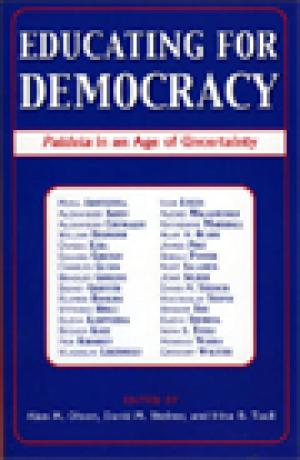
The central conflicts of the world today are closely related to cultural, traditional and religious differences between nations. As we move to a globalized world, these differences often become magnified, entrenched and the cause of bloody conflict. Growing out of a conference of distinguished scholars from the MiddleEast, Europe and the United States, this volume is a singular contribution to mutual understanding and cooperative efforts on behalf of peace. The term paideia, drawn from Greek philosophy, has to do with responsible education for citizenship as a necessary precondition for effective democracy. (From the Publisher)
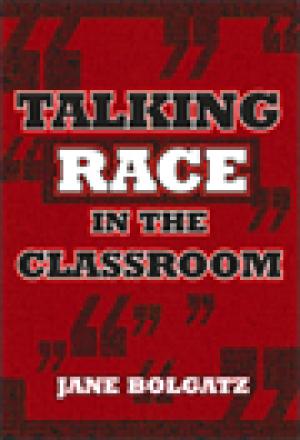
This lively book will help new and veteran teachers develop the knowledge, skills, and confidence needed to successfully address racial controversies in their classrooms. The author first explains what race and racism mean and why we need to talk about these topics in schools. Then, based on an in-depth study of a high school classroom, she shows what happens when teachers and students talked about race and racism in a history and language arts classroom. Throughout the book she guides teachers in ways to discuss important issues—from civil rights to institutional racism—that will ultimately help teachers and students to change school culture. Features: * Analysis of actual classroom dialogues, illustrating the often-rough conversations that teachers and students engage in while learning to talk constructively about race and racism. * Useful questions, resources, and activities to help teachers get started. * Ideas and strategies that teachers can use to get students to address race and racism critically in the classroom. (From the Publisher)
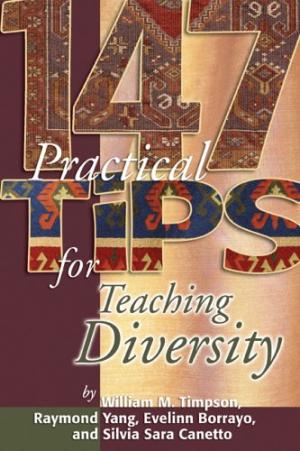
Diversity is vitally important to today's classroom, but many college teachers remain uncertain as to how to handle this sensitive subject. Compiled from the real-life experiences of over a dozen professors and experts, 147 Practical Tips for Teaching Diversity tackles this question head on. Taking you from the classroom to the committee meeting to the the community at large, this book offers hands-on advice for improving diversity discussions all through the semester. Some of what you'll find inside: Safe space: How to create a safe and welcoming learning environment Prejudice: How both you and your students can work together to unlearn stereotypes Challenges: How to address taboo subjects and handle conflicts preemptively Curriculum: How to broaden the subject matter and address current events Community: How to deepen your institution's commitment to diversity Whatever your past experiences with teaching diversity, this book is sure to help both you and your students expand your thinking and understanding, both inside and outside of the classroom. (From the Publisher)
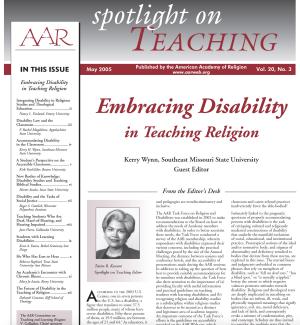
Journal issue. Full text is available online.
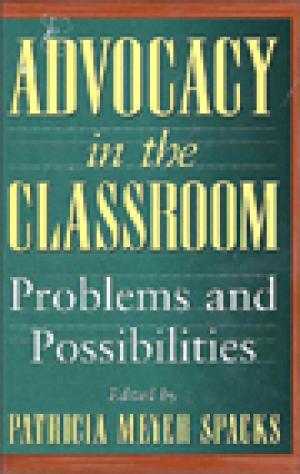
Noted literary critic Patricia Meyer Spacks has gathered together a group of both liberal and conservative professors to answer the question of whether or not a teacher can still bring passionate commitment to an idea into the classroom as a way of engaging students in a meaningful way. (From the Publisher)
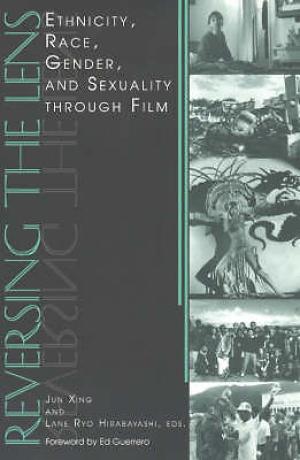
Reversing the Lens brings together noted scholars in history, anthropology, sociology, ethnic studies, and film studies to promote film as a powerful educational tool that can be used to foster cross-cultural communication with respect to race and ethnicity. Through such films as Skin Deep, Slaying the Dragon, and Mississippi Masala, contributors demonstrate why and how visual media help delineate various forms of "critical visual thinking" and examine how racialization is either sedimented or contested in the popular imagination. Reversing the Lens is relevant to anyone who is curious about how video and film can be utilized to expose ethnicity, race, gender, and sexuality as social constructions subject to political contestation and in dialogue with other potential forms of difference. (From the Publisher)
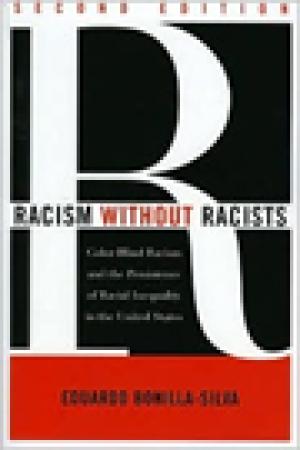
Racism is alive and well although it has changed its clothes. Color-blind racism combines elements of liberalism in the abstract with anti-minority views to justify contemporary racial inequality. (From the Publisher)